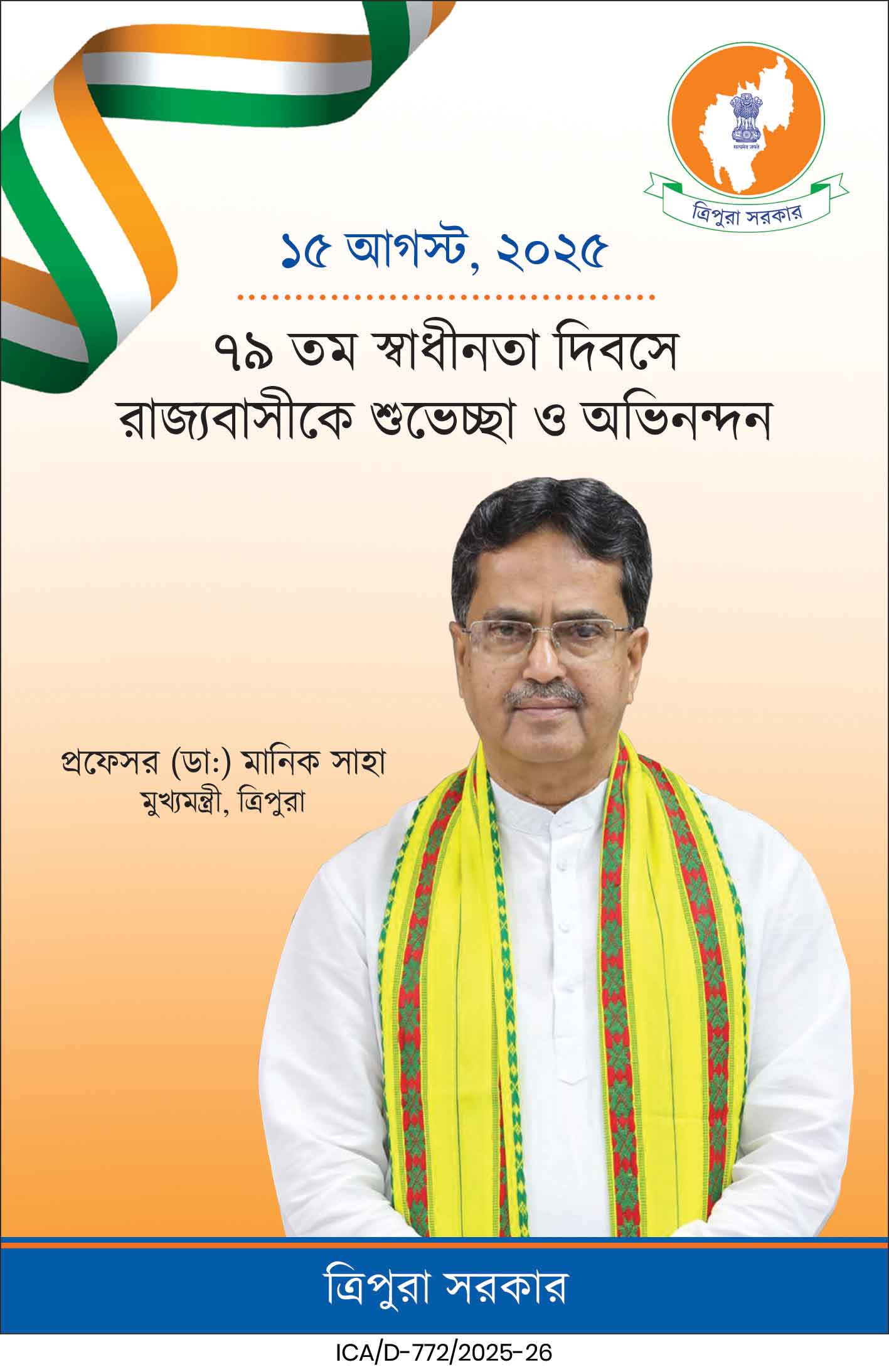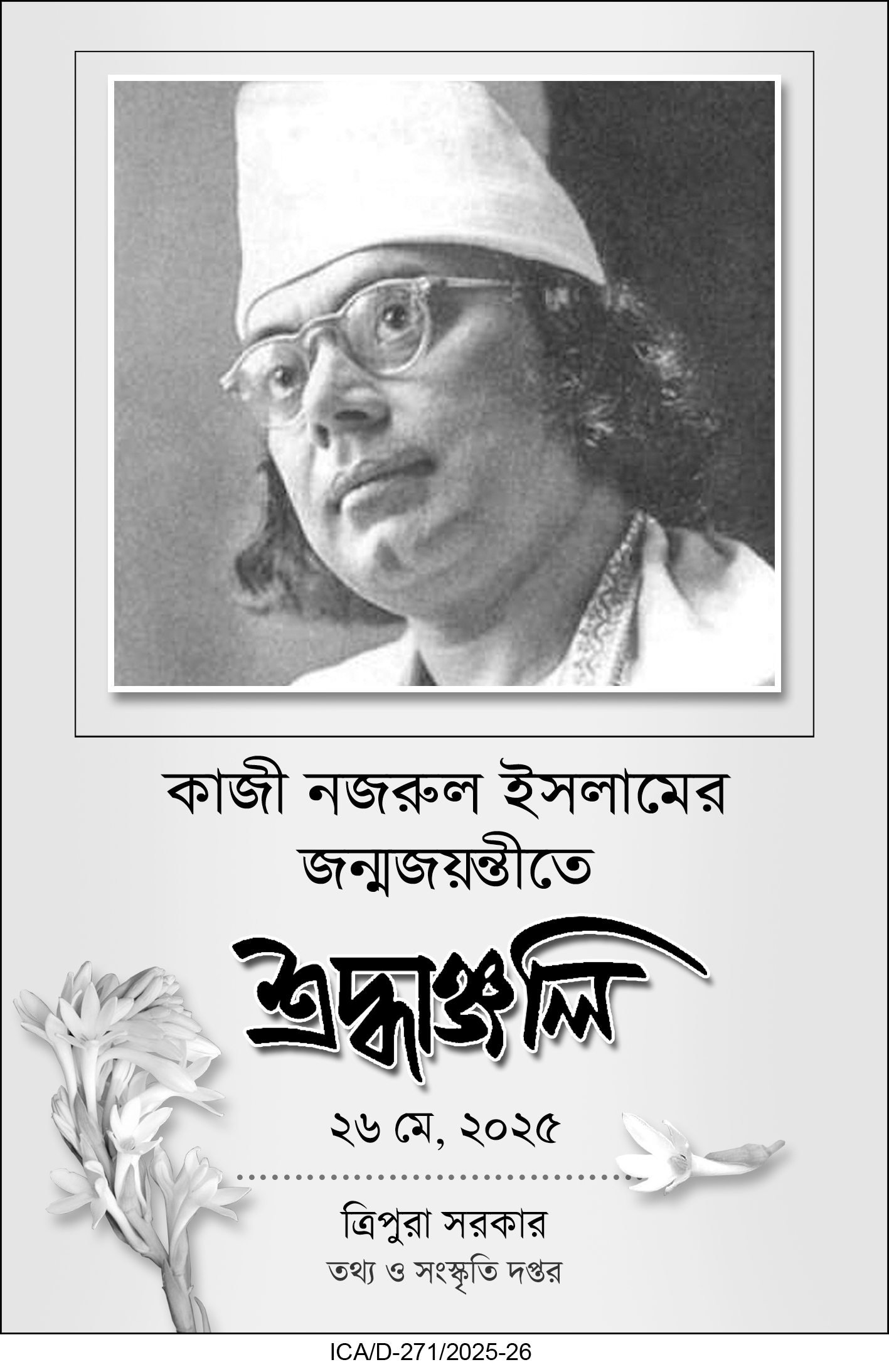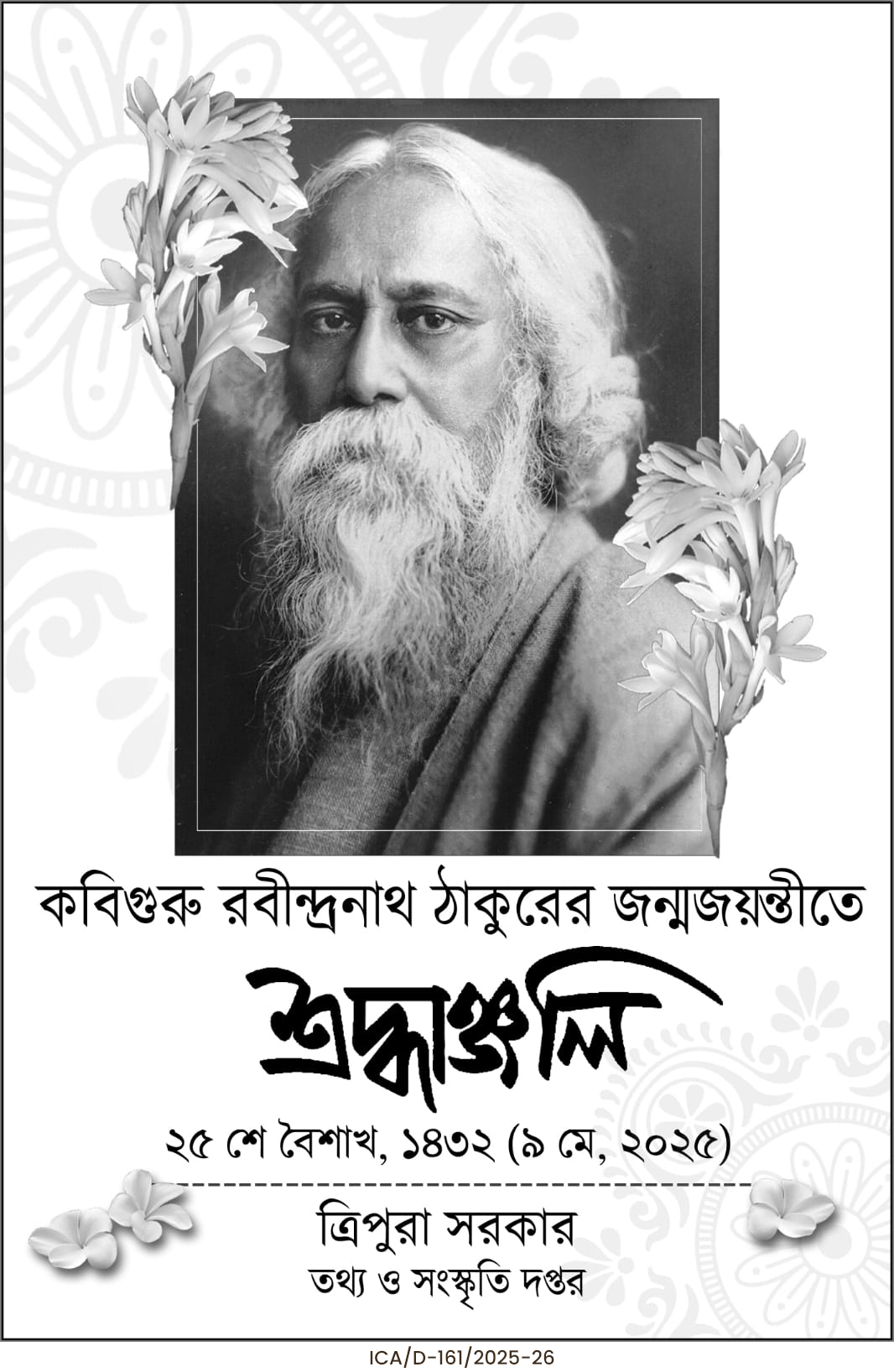A grand cultural evening in Tripura’s Kamalpur concludes the Bishnupriya Manipuri community’s triennial meet, celebrating identity, unity, and development.
Wth vibrant Dances and a grand cultural gathering on Thursday evening at the Halahal Community Hall in Kamalpur the Nikhil Bishnupriya Manipuri community wrapped up their two-day-long triennial convention on a high note . The event, which celebrated the rich heritage and unity of the community, was attended by prominent state dignitaries and drew an enthusiastic crowd from across the region.
Gracing the occasion were Minister of Tribal Welfare of Tripura, Bikas Debbarma, and Minister of Youth Affairs and Sports, Tinku Roy, among other notable guests. The event began with the ceremonial lighting of the lamp by Minister Tinku Roy, symbolizing the formal commencement of the evening’s celebrations.

What followed was a mesmerizing display of traditional dance performances by the youth of the Bishnupriya Manipuri community. Dressed in colorful ethnic attire and moving gracefully to the rhythm of folk music, the performers offered the audience a glimpse into the community’s vibrant culture, customs, and age-old traditions. Their energetic and soulful performances earned rounds of applause, as the audience soaked in the richness of Manipuri heritage.

In his inaugural address, Minister Tinku Roy emphasized the importance of cultural preservation and promotion. “The distinct heritage and cultural diversity of the Manipuri community enrich our society,” he said. “Through such events, we not only celebrate our roots but also strengthen our identity. These cultural showcases are vital for promoting unity and preserving our traditions for future generations.”
Minister Bikas Debbarma, the chief guest of the event, echoed similar sentiments in his keynote speech. He called upon the Bishnupriya Manipuri community to take on leadership roles to ensure the progress and development of their society. “Active participation in politics and governance is crucial for achieving sustainable growth,” he stated. “By stepping into leadership, we can ensure that the voice of the community is heard and its needs addressed.”
He further reiterated the state government’s commitment to inclusive development, referencing the central government’s motto — Sabka Saath, Sabka Vikas (Together with all, Development for all). “The current BJP government is working tirelessly, transcending the barriers of caste, creed, and religion. I personally stand in solidarity with the Bishnupriya Manipuri community and assure you of my continuous support and dedicated efforts for your upliftment,” said Debbarma.
The evening concluded with a message of communal harmony and cultural camaraderie. Organizers expressed gratitude for the participation and support of the attendees and promised to continue working towards preserving the cultural identity of the Bishnupriya Manipuri people.
The triennial convention, held every three years, serves as a key platform for members of the community to come together, deliberate on important social and developmental issues, and celebrate their heritage. This year’s gathering, marked by vibrant cultural programs and inspiring addresses, reinforced the community’s resolve to stay united while contributing meaningfully to the broader fabric of Tripura’s multicultural society.
As the final performances ended and the hall echoed with cheers and music, it was clear that the spirit of unity, pride, and progress had found a powerful expression in the heart of Kamalpur.
Bishnupriya Manipuri Community
The Bishnupriya Manipuri community is an ethno-linguistic group primarily residing in the northeastern states of India, particularly in Assam, Tripura, and Manipur, as well as parts of Bangladesh. They are recognized for their distinct language, culture, and traditions, which blend elements from Indo-Aryan and Tibeto-Burman roots.
The Bishnupriya Manipuri language is of Indo-Aryan origin, heavily influenced by Sanskrit, Bengali, and Meitei (the language of the Meitei or Meetei people of Manipur). Though closely associated with the broader Manipuri identity, the Bishnupriya Manipuris have their own linguistic and cultural identity, which they have preserved over generations.
The community traces its historical roots to the ancient kingdom of Manipur, and many members believe they are descendants of people who migrated from Manipur during periods of political unrest and invasions, especially during the 18th and 19th centuries.
Culturally, the Bishnupriya Manipuris are known for their deep devotion to Vaishnavism, particularly the teachings of Lord Krishna and Chaitanya Mahaprabhu. Their festivals, music, and dance—such as Ras Leela and Maharas—reflect this devotion and are significant aspects of their cultural life.
Despite being a minority, the community has made notable contributions to education, arts, and public service. In recent years, they have been actively working toward the preservation of their language and cultural heritage, while also seeking greater socio-political recognition and representation.
Community organizations like the Nikhil Bishnupriya Manipuri Mahasabha play a crucial role in uniting members, promoting cultural events, and advocating for community development across the regions where they live.




